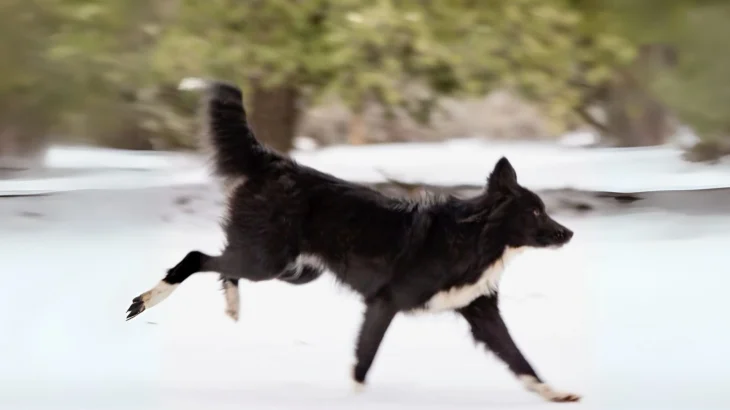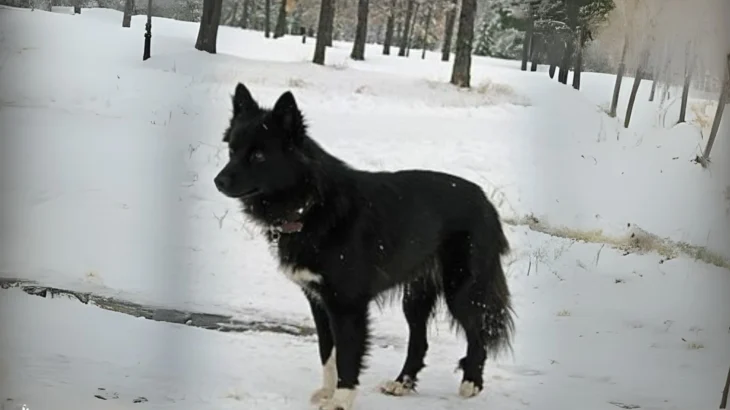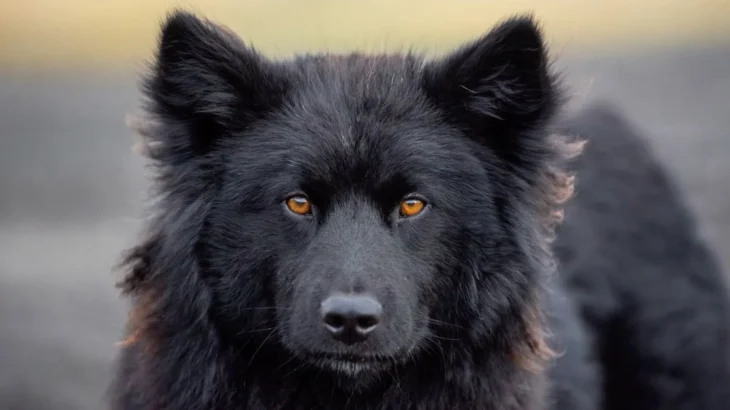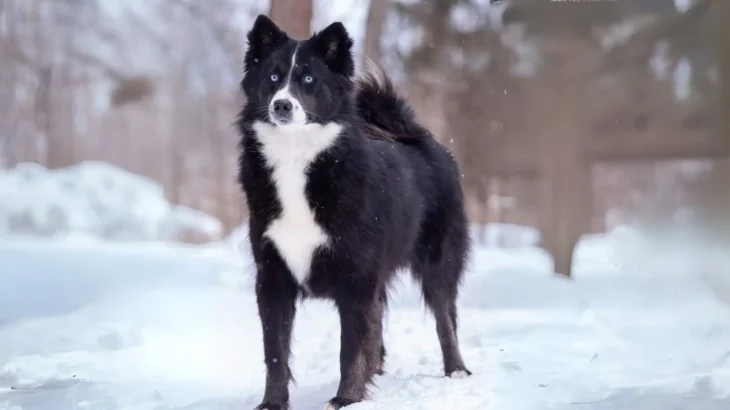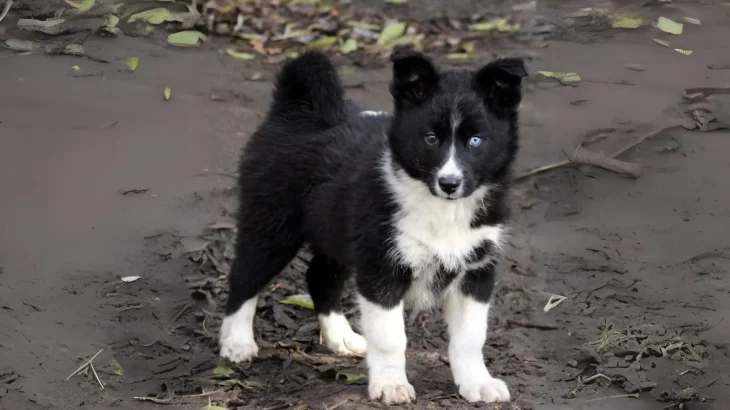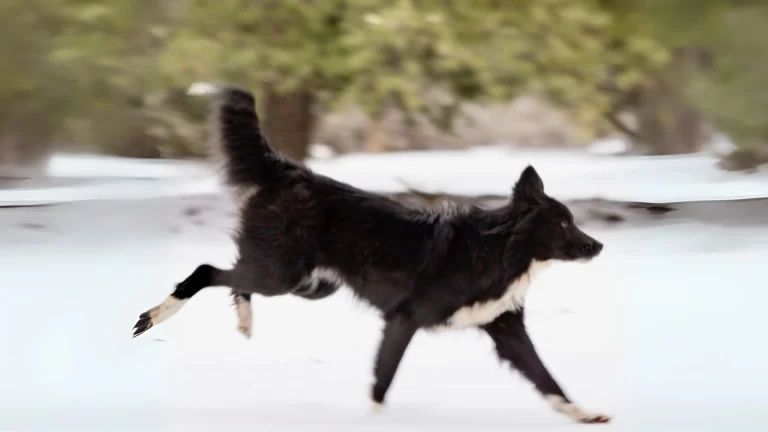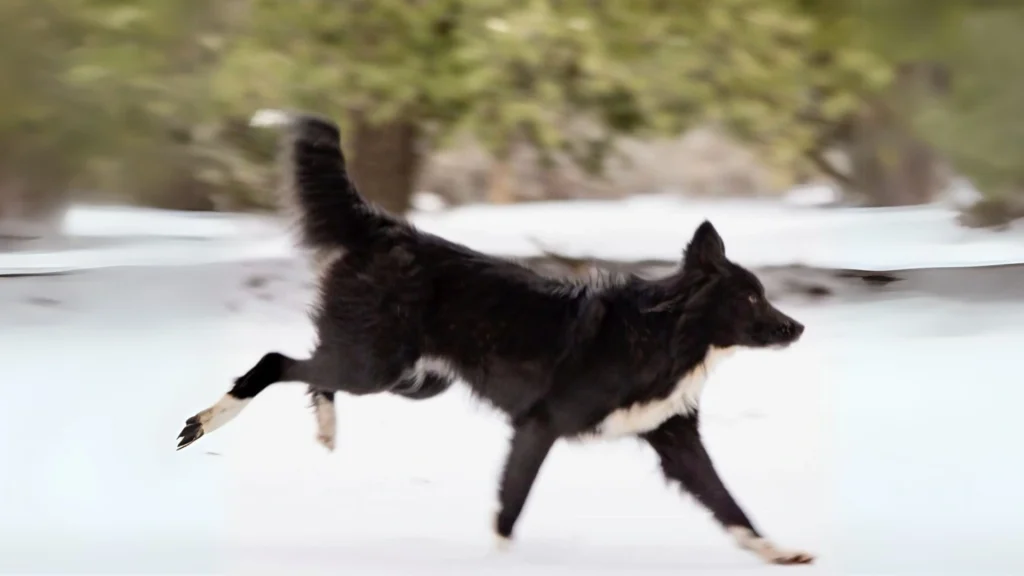When deciding between adopting or purchasing a Nenets Herding Laika puppy, it's important to weigh both the certainty of buying from a reputable breeder against the chance to give a dog a second chance through adoption. The choice often depends on your priorities regarding health records, cost, and ethical considerations related to this breed.
Adoption vs. Breeder: Pros & Cons
| Criteria | Buying from Breeder | Adopting from Shelter/Rescue |
|---|---|---|
| Cost | Higher initial cost reflecting breed rarity and pedigree. | Lower fees, making the breed more accessible. |
| Health History | Usually provides health screening and genetic testing. | Health background often incomplete or unknown. |
| Age Availability | Primarily puppies, enabling early bonding and training. | Varied ages, including adults ready for companionship. |
| Temperament Insight | Breeders share detailed lineage temperament info. | Behavioral traits known from foster or shelter observation. |
| Supporting Practices | Supports breed preservation through breeding programs. | Supports animal welfare and reduces shelter populations. |
| Ethical Considerations | Requires careful breeder selection to avoid puppy mills and ensure breed health. | Offers chance to rescue and rehabilitate a dog in need. |

